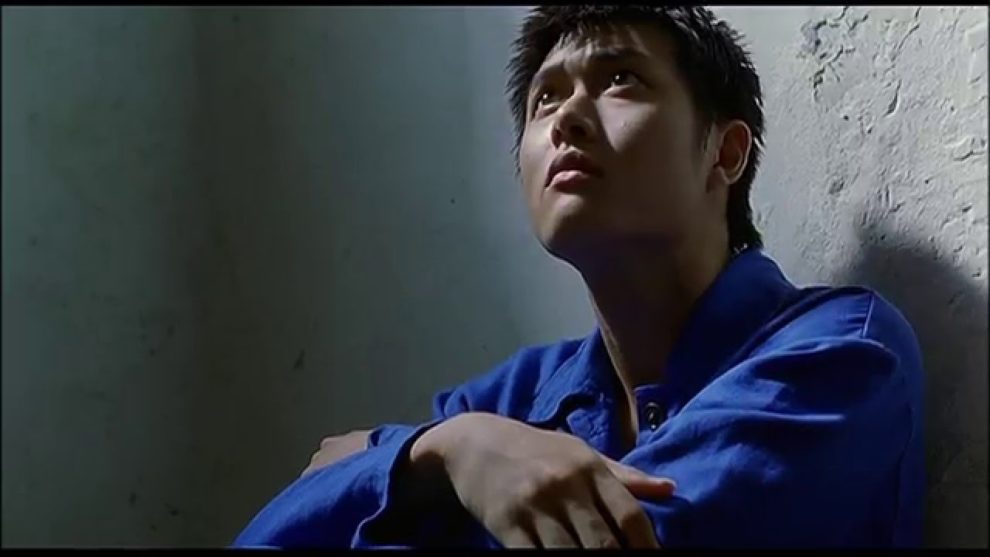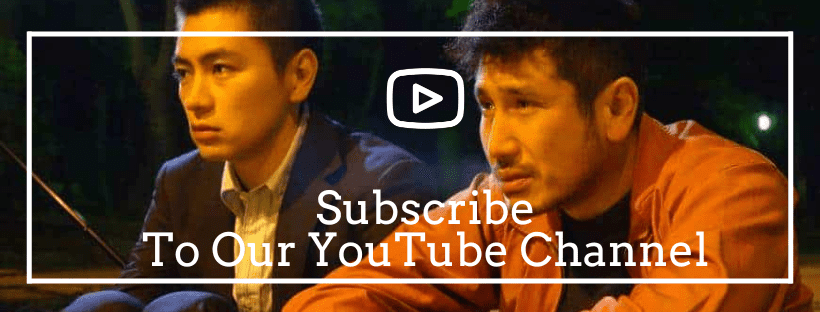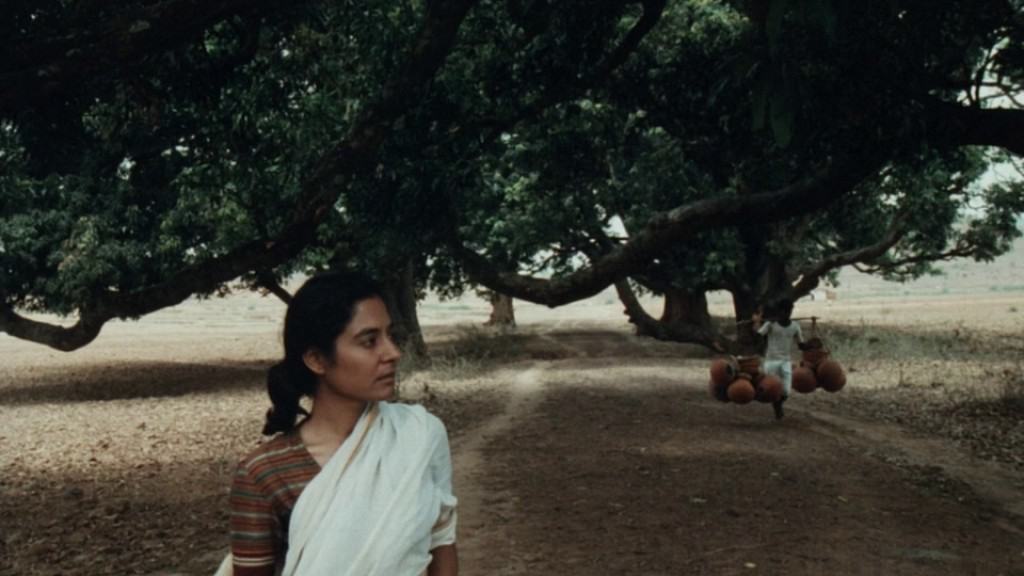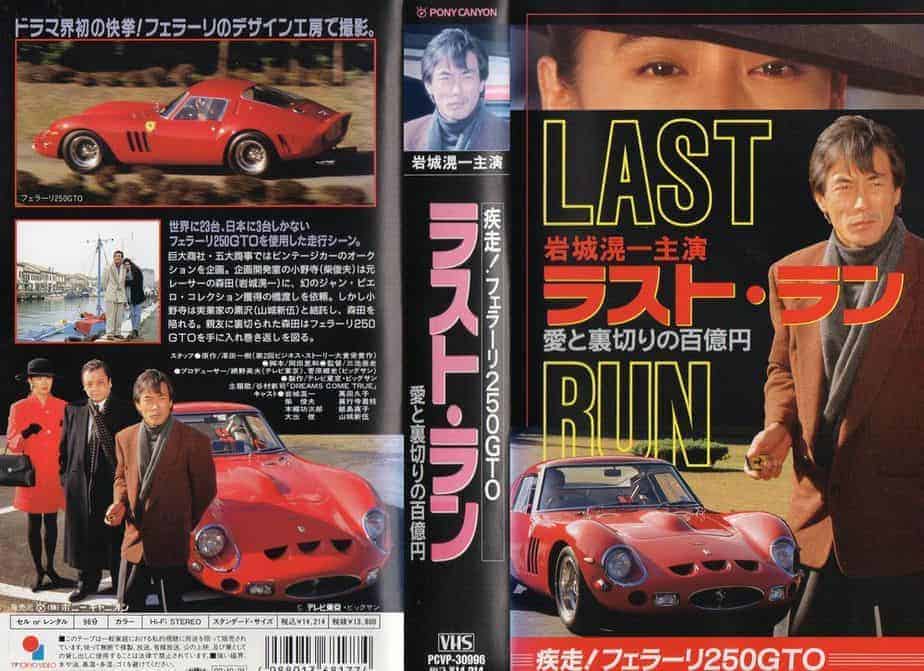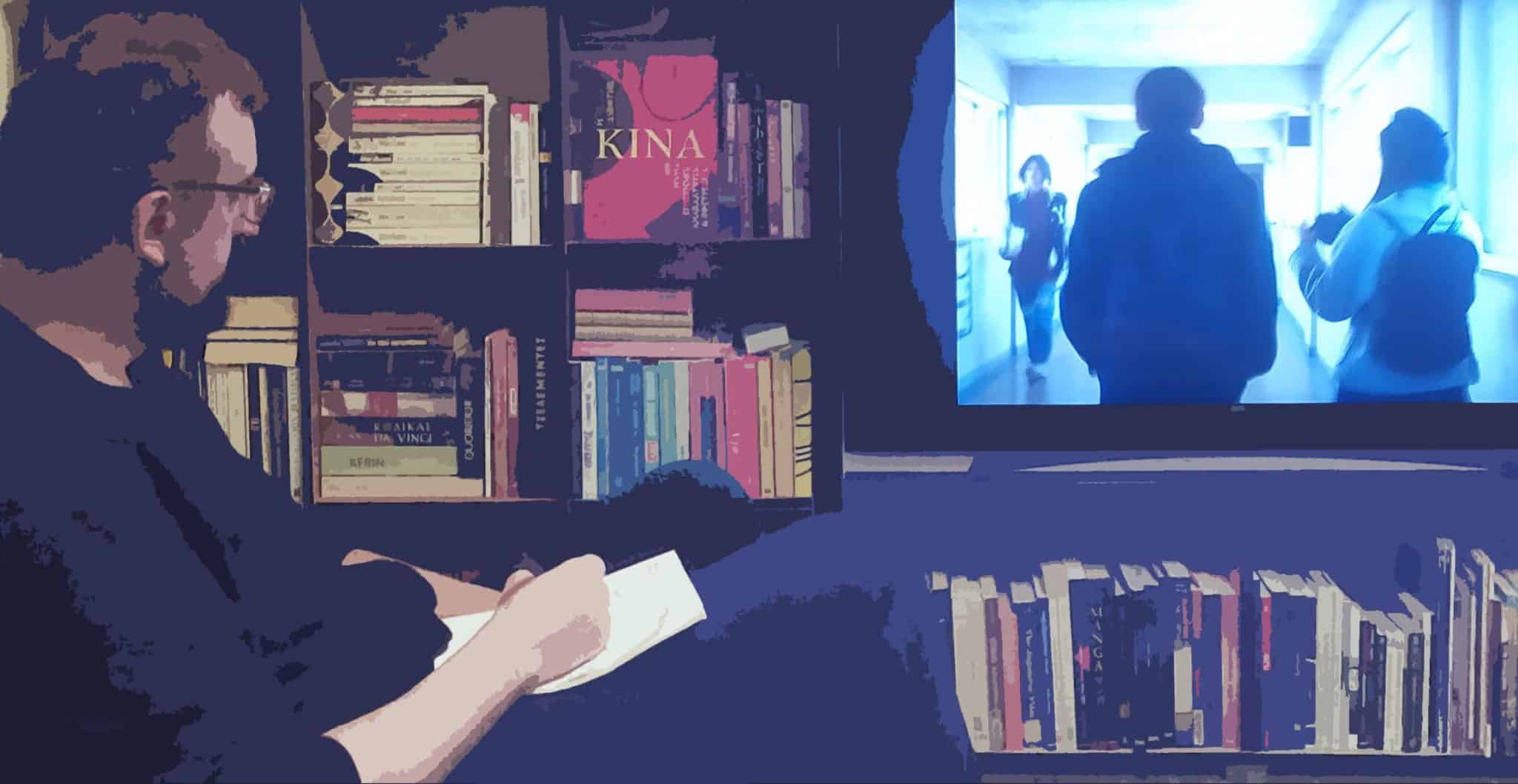Considering the extremity of incarceration as a concept, it is no surprise that cinema has chosen to deal with the subject repeatedly, in all kinds of forms, from exploitative movies to documentaries and everything between. In this list we tried to include as many of these approaches as possible, from as many Asian countries as possible, in a list that includes movies that have at least a part of them taking place inside cells.
Without further ado, here are 20 great Asian movies revolving around prisons, in alphabetical order.
1. 3 Iron (Kim Ki-duk, 2004, S. Korea)

Trying to understand and give meaning to every metaphor might be a frustrating idea, but if instead of that, we let ourselves go with the story, we are carried by the feeling of dual nature in things in front of our eyes. Like entering in a mirror, we find that there is a positive to every negative and a core in the middle, constructed for the characters to hide. (Leandro Seta)
Buy This Title
on Amazon by clicking on the image below
2. A Resistance (Jo Min-ho, 2019, S. Korea)

Technically, it is a very well made film, with DOP Choi Sang-ho's bleak, monochrome cinematography depicting the harshness of prison life accurately. The majority of the film takes place in Cell No. 8, a tiny place overflowing with people and the cinematography makes full use of the tiny space and manages to create a sense of acute claustrophobia. Notice the scene where Yu Gwan-su is punished for being insubordinate and made to stand in a coffin-like box for days. The camera captures the tiny space so well, it nearly makes the audience nauseated. For three very brief scenes, the film moves to colour, two of which are flashbacks while the final scene as life finally leaves Yu Gwan-sun, depicting how life was full of colour before her imprisonment and it wasn't until the sweet release of death that she was truly free again. The music is rousing when required and adequately melancholy for the rest of the film. (Rhythm Zaveri)
3. Apprentice (Boo Junfeng, 2016, Singapore)

Boo Junfeng directs a film which moves in a number of axes. Probably the most obvious one is the critique of the Singaporean judicial system, particularly regarding the death penalty, through the consequences on the people on death row, their families, and the correctional officers who perform the deed. In that fashion, Junfeng presents the procedure with documentary-like precision, in a style that is somewhat detached but very thorough. (Panos Kotzathanasis)
Buy This Title
on Amazon by clicking on the image below
4. Execution in Autumn (Lee Hsing, 1972, S. Korea)

The production is also a fine showcase of what Taiwanese cinema was capable of achieving with set design in the early 70s. Shot primarily in large closed sets, like the sprawling prison set and the Pei family house, the feature is a feast to the eyes in terms of the realisation of the set designs. Lai Cheng-ying's cinematography captures these well too, particularly the scenes in the prison cells, using zoomed in shots to enhance the claustrophobic environment of Pei Gang's cell and using wide angles when he's left alone in it later on, to emphasise on his solitude. Music can be overbearing at times, particularly in the more dramatic moments, but feels more a product of its time and genre than anything else. Particular mention must also go to the costume design, most noticeably in its designs for Lian Er's outfits. (Rhythm Zaveri)
5. Female Prisoner #701: Scorpion (Shunya Ito, 1972, Japan)

On the surface, and by reading the basic plot of the first Sasori-film, one might be forgiven when regarding the film as mere exploitation. For a large part, this is true, since exploitation is what the film aims for with its topics such as sex, the Yakuza, prison as well as the amount of graphic violence it uses with red fountains of blood being spilled and eyeballs being pierced. However, it would be and unjust judgment, basically because “Female Prisoner #701: Scorpion” has a lot more to offer, both narratively and technically, making it stand out among the many films of similar nature which have been made during that time in Japan and elsewhere. (Rouven Linnarz)
Buy This Title
on Amazon by clicking on the image below
6. Island of Fire (Kevin Chu Yen Ping, 1990, Taiwan)

This is basically the plot and each actor gets their chance to shine but Sammo Hung stands out the most. His breaking out of jail frequently to bond with his young son provides the emotional and tender moments of this otherwise gritty and violent story. We don't get to see him in action but he does flex his acting skills here. In contrast and as expected, Jackie Chan plays a serious, moody character displaying his martial arts skills in a more brutal and realistic way. Gone are those goofy and well-choreographed graceful long fights, the arrangements here are short but still quite impressive. (David Chew)
Buy This Title
on Amazon by clicking on the image below
7. Jailbreak (Jimmy Henderson, 2017, Cambodia)

Jimmy Henderson presents a distinct combination of exploitation, martial arts, and b-movie aesthetics, which, finally, is stripped of any kind of drama, romance, or any effort to give depth to a genre that thrives through the lack of it. In that fashion, Henderson does exactly what the category demands. He introduces a number of interesting-looking characters, and lets them kill themselves through continuous action scenes. The four “ultimate” villains represent this trait quite eloquently: Cannibal, whose name implies his human-eating nature, Suicide, a black master of martial arts, Bolo, a street fighter of enormous strength and finally, Madame Butterfly, a katana expert. The duels of the four with the policemen, who use the Cambodian martial art, Bokator, are the most impressive in the film, along with the ones where the four of them fight scores of prisoners, most of which seem to know martial arts, in another distinct, b-movie element. (Panos Kotzathanasis)
8. Maundy Thursday (Song Hae-sung, 2006, S. Korea)

Beyond the main theme which is “love can be found everywhere, even in the most extraordinary situations”, there are other important issues stressed and underlying messages given. Among them is the theme of the right or wrong to execute convicts, especially in the cases where they are not definitely proven that they are the true culprits. In addition to this, the physiological impact that the execution has to the officers responsible for the execution is presented. Another issue that is highlighted is the accusations the rape victims receive from society and even by the members of their family regarding the rape being their fault. Finally, the meaning and importance of forgiveness are emphasized, either this is truly coming from the heart or either the reconciliation is forced. (Maria Georgiou)
Buy This Title
9. Miracle in Cell No 7 (Lee Hwan-kyung, 2013, South Korea)

“Miracle in Cell No 7” is a rare film, a comedy that incorporates mental illness while also pulling at the heartstrings oh-so-strongly. A mentally disabled man is falsely charged with the rape and murder of a young child and thrown into a prison cell with hard-on-the-outside but actually emotionally fragile criminals. With his 6-year-old daughter, his only life support, left alone to fend for herself, his cellmates manage to sneak her into their cell and keep her hidden from the authorities. What plays mostly as a comedy and a tender father-daughter relationship drama brings on the feels massively by the time it reaches its now-famous climax. It was with this that Ryu Seung-ryong proved himself to be a strong leading actor and a big pull at the box-office, with “Miracle in Cell No 7” still sitting at 7th among the highest grossing domestic films of all time in South Korea. (Rhythm Zaveri)
Buy This Title
on Amazon by clicking on the image below
10. On the Job (Erik Matti, 2013, Philippines)

Erik Matti directs a genuine crime thriller that shows its nature from the first sequence, with the two hired assassins killing the drug dealer among a parade in the street. This initial sequence introduces the characters, and the second one, that consists of live footage, the setting of the story, where violence, corruption, and utter disregard for human life are the main rules. The first scene is also indicatory of the visual style of the film, which features a number of lengthy single shots, equally impressive presentation of the prison, the slums, and life on higher circles, in combination with the almost perpetual music, which, occasionally, gives the film a music video essence. In that fashion, Francis Ricardo Buhay III's cinematography is outstanding, as it focuses on the hard realism of life in the Philippines. The same applies to Jay Halili's editing, who changes the pace from rapid in the action scenes, to relatively slow in the dramatic ones, perfectly fitting the film's general aesthetics. Ervin Romulo's music and a great soundtrack consisting mostly of guitar-dominated tracks provide a great background for the events unfolding on screen. (Panos Kotzathanasis)


